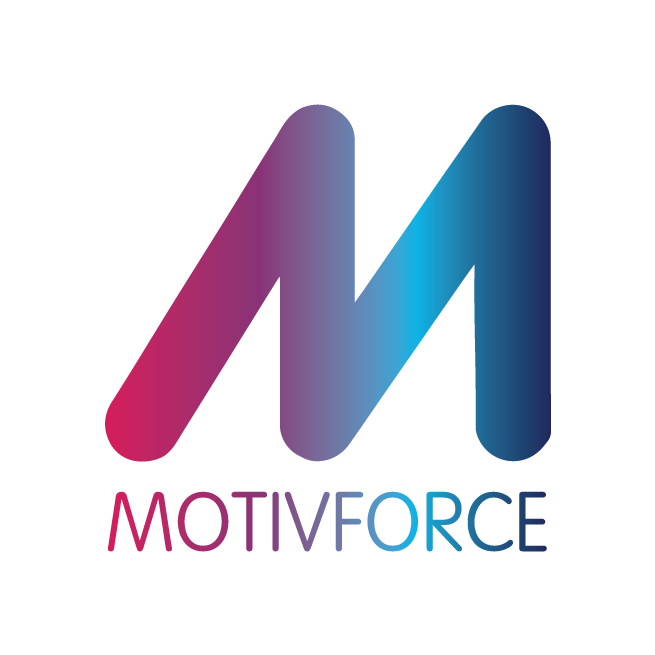Ideal Team Players and What Makes Teams More Successful?
EMPLOYEE RECOGNITION PROGRAMS: The Power of Big Data with the Physics of social interaction
By Prof Ko de Ruyter and Dr Debbie Keeling
Growing up, most of us have probably encountered somebody for whom even today they still feel a sense of awe. A piano teacher who would react with such disgust at a false note that you have not even dared to come near to a piano since.
For one of us (Ko), the Nemesis of the formative years was a physics teacher. A weird, eccentric man who would write formula after formula on the blackboard. The sense of awe was definitely not reciprocal. Multiple times, Ko was told in class that ‘de Ruyter, why don’t you go and do something social, leave physics to far brighter minds’. Lately, he came across the term ‘social physics’ and realized that this was a chance to confront his demon.
In his book Social Physics: How Good Ideas Spread - Lessons From a New Science MIT Professor Alex Pentland states that the exponential growth of Big Data now makes it possible to predict the performance of teams on the basis of laws and patterns in social interactions, similar to traditional physics, as we know and maybe not have loved it.
Is this like seeing Elvis in a bowl of tomato soup?
No, Pentland demonstrates that the success of teams does not depend on the presence of bright minds, as multiple minds are brighter than one. Instead social interaction does make a difference.
Sociometric badge
Pentland and his team use sociometric badges about the size of an iPhone 4s which record in great detail and during an extended period of time how people communicate by registering tone of voice, audible engagement, body language and who talks to whom for how long and about what. This yields an enormous amount of data (the badges register about 100 data points per minute). With the help of these sociometrics, hard evidence of the importance of soft factors (‘chemistry’), such as the level of energy in the meeting room, or the sense of empathy during informal conversations are the key factors that drive team effectiveness.
“This may have far-reaching implications for your employee recognition program. ”
The RESULTS:
The ideal team player
Here’s how the research profiles the ideal team player;
active,
engaged,
to the point,
adapt to average talk-time,
not necessarily an extrovert, and
listens more than they talk.
successful teams,
and how the research profiles the ideal team;
talk time is equally distributed across all team members and is kept short,
people talk energetically,
everybody talks to everybody,
members go off topic and chat about things that are important to them, and
people supply fresh information from outside the team.
These insights were obtained from customer service, medical and R&D teams. This may have far-reaching implications for your employee recognition program.
“Now we can make hard and fact-based predictions about employee recognition, and that is definitely an improvement on those lame surveys and interviews that you’ve been doing”
The cynic physics teacher would probably have been ‘that’s all very fine Mr. de Ruyter, but now we can make hard and fact-based predictions about employee recognition, and that is definitely an improvement on those lame surveys and interviews that you’ve been doing. With a slight pathos we would point to the fact that we are dealing with people and not molecules.
As this imaginary dialogue unfolds in our minds and we begin to feel 14 years old again, we become aware of the fact that the gap between physics and social sciences is still very much there, but that social physics may just be the bridge we need to cross the divide.












Business owners are always looking for ways to make their employees feel more rewarded and recognised as this helps increase productivity, loyalty, and efficiency. Managing your employees, the right way and appreciating their hard work makes them feel happy and satisfied and they will be willing to put in more work which will ultimately increase your return on investment. If you are looking for ways to reward your employees then here are some ways to help you get started.